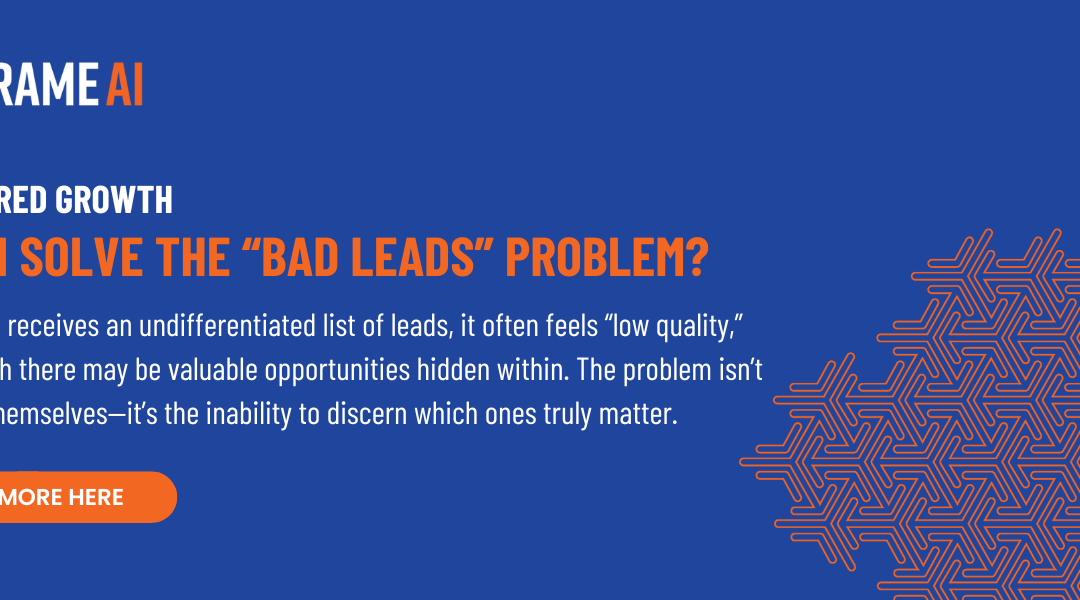For many businesses, Support interactions represent the only human interaction they have with their customers.
According to Zendesk, 78% of senior company leaders agree that support agents play a vital role in customer retention. Needless to say, it’s critical to make the right impression in these interactions and put your best foot forward (vs. foot-in-mouth.)
Here, we’ve made some observations about what to say that will help you crush it no matter what kinds of cases get thrown your way based on the millions of Support cases we analyze.
1. The brief, well-timed apology
Conventional wisdom holds that apologizing for customers’ trouble is the right thing to do. And there’s some truth to that. But when you apologize and how quickly you do it determines whether it’s a net positive or negative.
We find that when agents apologize to customers beyond the very beginning of an interaction, case resolution times are more than 10% longer.

Harvard Business Review cited a similar finding — the research suggests that continuing to apologize after the first seven seconds of an interaction will most likely backfire. In short, don’t over-apologize, do it quickly, and move on.
2. The confirmatory problem re-statement
Imagine you’re in the thick of a case. You’re feeling on top of the world, having just relayed what seems like the perfect solution. And then….it turns out the problem you solved is not the one that the customer cares about right now. Painful. For you and the customer.
How to avoid this uncomfortable scenario? Try repeating back to the customer what problem they are trying to solve in your own words. And do so early.
We found that both customer effort and team effort scores are up to 30% higher when agents and customers agree on a problem statement in the first few minutes of the interaction.

**3. The proactive status update **
Ever gotten an email from a partner assuring you that they’re still working on your issue but haven’t forgotten about you? Or received a free gift sent to you to rectify a subscription problem?
They’re great examples of proactive customer service. And great ways to prevent escalations and bad days for you and your customers.
Gartner says that proactive customer service can increase metrics like Net Promoter Score (“NPS”), Customer Satisfaction Score (“CSAT”), and Customer Effort Score (“CES”) by a full point. If you’re like me, these gestures take your blood pressure down a notch and elicit a sigh of relief.
Often, any news is simply better than no news at all. A simple, “just wanted to let you know we’re on top of this!” can go a long way to maintaining happy, healthy relationships with your customers.
When agents do what we call “the proactive status update,” escalations are nearly 40% less likely.

4. “Did that solve your problem?”
Imagine a rapid-fire chat with a customer. Suddenly, they drop off. It’s tempting to default to, “It’s been quiet here, I’m going to go ahead and close this out.” After all, you’ve got a full queue to get through.
Maybe they got hangry. Maybe they had to jump on a call or maybe they figured it out on their own…
Or maybe, they didn’t understand your suggestion and felt stuck. *Fast forward to one of the following: *
-
- They open a new case about the same issue
- They re-open the case
Both of these outcomes are a drag on customer effort and team effort. The key to avoiding these is to explicitly ask customers if you solved their problem.
It reminds them that you care, but it also removes friction from relying on them to course-correct your resolution. Asking outright can lead to a 48% reduction in case re-open rates.

**5. Faking it til you make it vs. saying “I don’t know”? **
Of course, it’s unlikely that you’ll know the answer to every question customers have, especially if you’re new. But should you share that with the customer?
On the one hand, customers may appreciate your honesty. On the other hand, there’s a good chance they are more focused on getting their problem solved than being patient with you. Zendesk says that 59% of customers feel that most businesses need to improve agent training (meanwhile, less than 30% of agents feel empowered to do their jobs well.)
While companies work on improving training, our data says “it depends” on whether you come clean with customers. For cases with a complexity score of under 3, admitting to customers that you don’t know can hurt customer satisfaction by nearly 20%.

For cases with a complexity score of 7or higher, the very same move can actually increase customer satisfaction by almost the same amount. The more complex the issue, the more your customer wants to feel like you’re beside them in the trenches.
Similarly, Harvard Business Review notes that the more ingenuity an agent shows in the “brainstorming phase,” the better —in their study, customer satisfaction was highest when the agent offered a variety of solutions.
For more data-backed tips, check out our post on When Support “Best Practices” Become Nails in the Coffin.




